Home>Articles>How Many Cat 6 Cables Fit In A 3/4 Inch Conduit
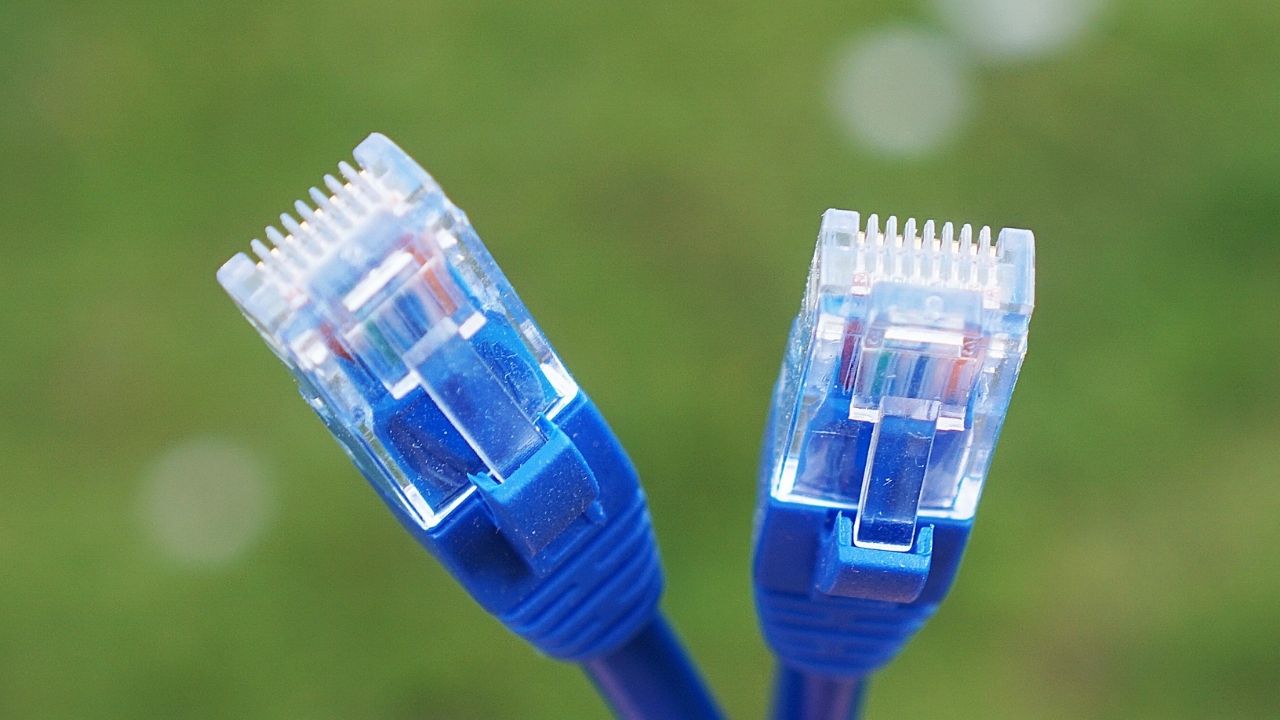

Articles
How Many Cat 6 Cables Fit In A 3/4 Inch Conduit
Modified: February 23, 2024
Discover how many Cat 6 cables can fit in a 3/4 conduit with this informative article. Get valuable insights and tips for managing your cable installations.
(Many of the links in this article redirect to a specific reviewed product. Your purchase of these products through affiliate links helps to generate commission for Storables.com, at no extra cost. Learn more)
Introduction
When it comes to setting up a network infrastructure, it is crucial to consider the type of cables and conduits you will be using. In this article, we will explore the relationship between Cat 6 cables and 3/4 conduits. Specifically, we will aim to answer the question: “How many Cat 6 cables can fit in a 3/4 conduit?”
Cat 6 cables are widely regarded as the industry standard for high-speed Ethernet connections. They are designed to support data transmission at speeds of up to 10 Gigabits per second, making them ideal for offices, data centers, and other environments where a reliable and fast network connection is essential.
On the other hand, conduits are protective tubes that house the cables and provide a pathway for them to travel through. They come in different sizes, with 3/4 conduits being a common choice for residential or small-scale commercial installations. They are typically made of PVC or metal and are designed to protect the cables from damage, moisture, and other external factors.
Now, let’s dive deeper into understanding Cat 6 cables and 3/4 conduits, and how to calculate the capacity of the conduit to determine how many Cat 6 cables can fit inside.
Key Takeaways:
- When planning a network infrastructure, consider that approximately 3 Cat 6 cables can fit in a 3/4 conduit. Factor in bend radius, connector size, and future expansion for a successful installation.
- Understanding the relationship between Cat 6 cables and 3/4 conduits is crucial for a reliable network setup. Proper planning and adherence to industry standards ensure optimal performance and simplify future maintenance.
Read more: How Many #6 Wires In A 3/4 Inch Conduit
Understanding Cat 6 Cables
Cat 6 cables, also known as Category 6 cables, are the upgraded version of Cat 5e cables. They are designed to provide better performance and higher data transfer speeds. Cat 6 cables use four twisted pairs of copper wires and adhere to stricter standards compared to their predecessors.
One of the key features of Cat 6 cables is their ability to reduce crosstalk and interference, thanks to improved insulation and twisted pair design. This means they can support higher bandwidths and transmit data over longer distances without signal degradation.
Typically, Cat 6 cables are terminated with an RJ45 connector, which allows them to be easily plugged into Ethernet ports on devices such as computers, routers, and switches. They support various network protocols, including Gigabit Ethernet, and can even handle higher-speed connections up to 10 Gigabits per second over shorter distances.
It is worth noting that while Cat 6 cables offer significant improvements over Cat 5e cables in terms of speed and performance, they are not the highest category available. Cat 6a and Cat 7 cables offer even greater data transfer speeds and can support longer cable lengths.
Now that we have a basic understanding of Cat 6 cables, let’s explore the characteristics of 3/4 conduits to better understand their capacity and limitations.
Overview of 3/4 Conduit
3/4 conduit, often referred to as 3/4-inch conduit, is a commonly used size in the world of electrical and data installations. It is available in different materials such as PVC (Polyvinyl Chloride) and metal, with each offering its own set of advantages and considerations.
PVC 3/4 conduits are popular in residential and commercial settings due to their affordability and ease of installation. They are lightweight, resistant to corrosion, and provide good protection for cables against physical damage, moisture, and other external factors. PVC conduits are typically color-coded, with gray being a common choice, making it easy to identify their usage and purpose.
Metal 3/4 conduits, such as galvanized steel or aluminum, are often used in commercial and industrial environments. They offer superior strength and durability compared to PVC conduits, making them suitable for outdoor or high-traffic areas where cable protection is critical.
It is important to note that the diameter of the conduit is a significant factor when determining its capacity to accommodate cables. In the case of 3/4 conduit, the diameter refers to the interior space available for cable routing. Considering the size of the conduit is crucial to ensure that the cables can fit properly without being excessively compressed.
Now, let’s move on to understanding how to calculate the capacity of a 3/4 conduit and determine the number of Cat 6 cables it can accommodate.
When determining how many Cat 6 cables can fit in a 3/4 conduit, consider the diameter of the cables and the fill capacity of the conduit. The fill capacity can be calculated using the NEC guidelines for cable fill, which may vary depending on the specific installation requirements.
Calculating Capacity
When it comes to determining the capacity of a 3/4 conduit and how many Cat 6 cables can fit inside, there are a few factors to consider. The most important factor is the diameter of the conduit, as it directly affects the available space for cable routing.
The internal diameter of a 3/4 conduit is approximately 0.75 inches or 19.05 millimeters. However, this measurement does not account for the thickness of the conduit walls, which reduces the actual usable space.
To calculate the capacity of the conduit, we need to consider the diameter of the Cat 6 cables as well. The standard diameter for Cat 6 cables is around 0.22 inches or 5.59 millimeters. However, it is crucial to note that the diameter can vary slightly depending on the manufacturer and specific cable specifications.
In general, it is recommended to leave some room for maneuverability when installing cables in a conduit. An allowance of around 20% additional space is a good rule of thumb to ensure that the cables can be easily routed and avoid excessive compression.
Using these measurements and considerations, we can calculate the number of Cat 6 cables that can fit inside a 3/4 conduit. By dividing the usable space within the conduit by the diameter of the cables, we can determine the maximum number of cables that can be installed.
Let’s do a quick calculation to illustrate this. Assuming we have a 3/4 conduit with an internal diameter of 0.75 inches and Cat 6 cables with a diameter of 0.22 inches, we can calculate:
Usable space within conduit = Internal diameter – (2 x thickness of conduit walls)
For example, if the thickness of the conduit walls is 0.04 inches, the usable space would be:
Usable space within conduit = 0.75 – (2 x 0.04) = 0.67 inches
Number of Cat 6 cables = Usable space within conduit / Diameter of cables
Number of Cat 6 cables = 0.67 / 0.22 ≈ 3.05 cables
From this calculation, we can conclude that approximately 3 Cat 6 cables can fit inside a 3/4 conduit while leaving sufficient space for easy installation and cable management.
It is essential to remember that these calculations are approximations and may vary depending on the specific dimensions of the conduit and cables involved.
Next, let’s explore some additional factors that should be taken into account when considering the capacity of a 3/4 conduit for Cat 6 cables.
Factors to Consider
While the calculation we discussed earlier provides a general idea of how many Cat 6 cables can fit inside a 3/4 conduit, there are several additional factors that should be considered to ensure a successful installation:
- Bend Radius: Cat 6 cables have a minimum bend radius that should be adhered to in order to prevent signal loss or cable damage. It is important to account for this radius when determining how many cables can fit within the conduit without exceeding the recommended bend radius.
- Connector Size: If the Cat 6 cables will be terminated with connectors, it is important to consider the size of the connectors. Depending on the connector type, they can add extra bulk, and this should be taken into account when calculating the capacity of the conduit.
- Cable Management: It is crucial to consider cable management within the conduit. Leaving enough space for cables to be neatly arranged and secured will prevent potential damage and make future maintenance or upgrades easier.
- Future Expansion: It is always wise to plan for future expansions or additional cable runs. Leaving some extra capacity within the conduit will allow for future scalability without the need for major modifications.
- Environmental Factors: Consider the environment where the cables and conduit will be installed. Factors such as temperature variations, moisture, and exposure to chemicals or other hazards may affect the overall capacity and lifespan of the cables and conduit.
By considering these factors and taking them into account during the planning and installation process, you can ensure that the 3/4 conduit can accommodate the desired number of Cat 6 cables without compromising performance or safety.
Now that we have explored the various factors to consider, let’s conclude our discussion on the capacity of 3/4 conduit for Cat 6 cables.
Read more: How Many 12 GA Wires In 1/2 Inch Conduit
Conclusion
In conclusion, understanding the relationship between Cat 6 cables and 3/4 conduits is essential for planning and setting up a reliable network infrastructure. While Cat 6 cables offer high-speed data transmission and performance, the choice of conduit plays a crucial role in protecting and routing these cables effectively.
By calculating the capacity of a 3/4 conduit and considering factors such as cable diameter, bend radius, connector size, cable management, and future expansions, you can determine the maximum number of Cat 6 cables that can be accommodated.
It is important to note that the calculations provided in this article are general guidelines. It is always recommended to consult the manufacturer’s specifications and industry best practices to ensure accurate calculations for your specific installation.
Remember that proper cable management and adherence to recommended standards will not only optimize performance but also simplify future maintenance and upgrades.
Whether you are setting up a network for your home or a small-scale commercial environment, considering the capacity of the conduit in relation to Cat 6 cables will help you achieve a clean and efficient network installation.
So, the next time you find yourself asking how many Cat 6 cables can fit in a 3/4 conduit, refer back to this article and the factors mentioned to make an informed decision for your network infrastructure.
With the right planning and attention to detail, you can create a robust and reliable network that meets your needs and provides seamless connectivity.
Frequently Asked Questions about How Many Cat 6 Cables Fit In A 3/4 Inch Conduit
Was this page helpful?
At Storables.com, we guarantee accurate and reliable information. Our content, validated by Expert Board Contributors, is crafted following stringent Editorial Policies. We're committed to providing you with well-researched, expert-backed insights for all your informational needs.
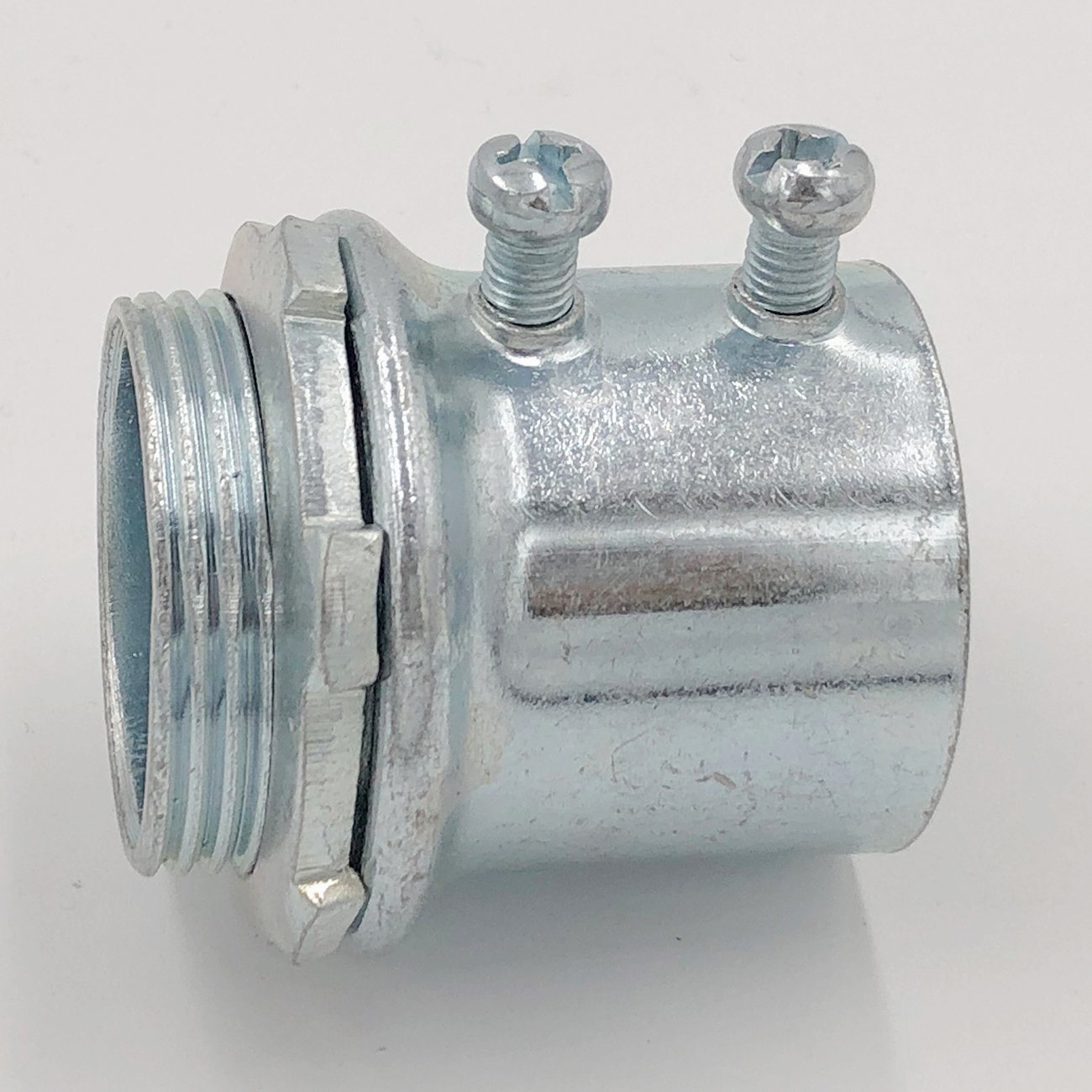
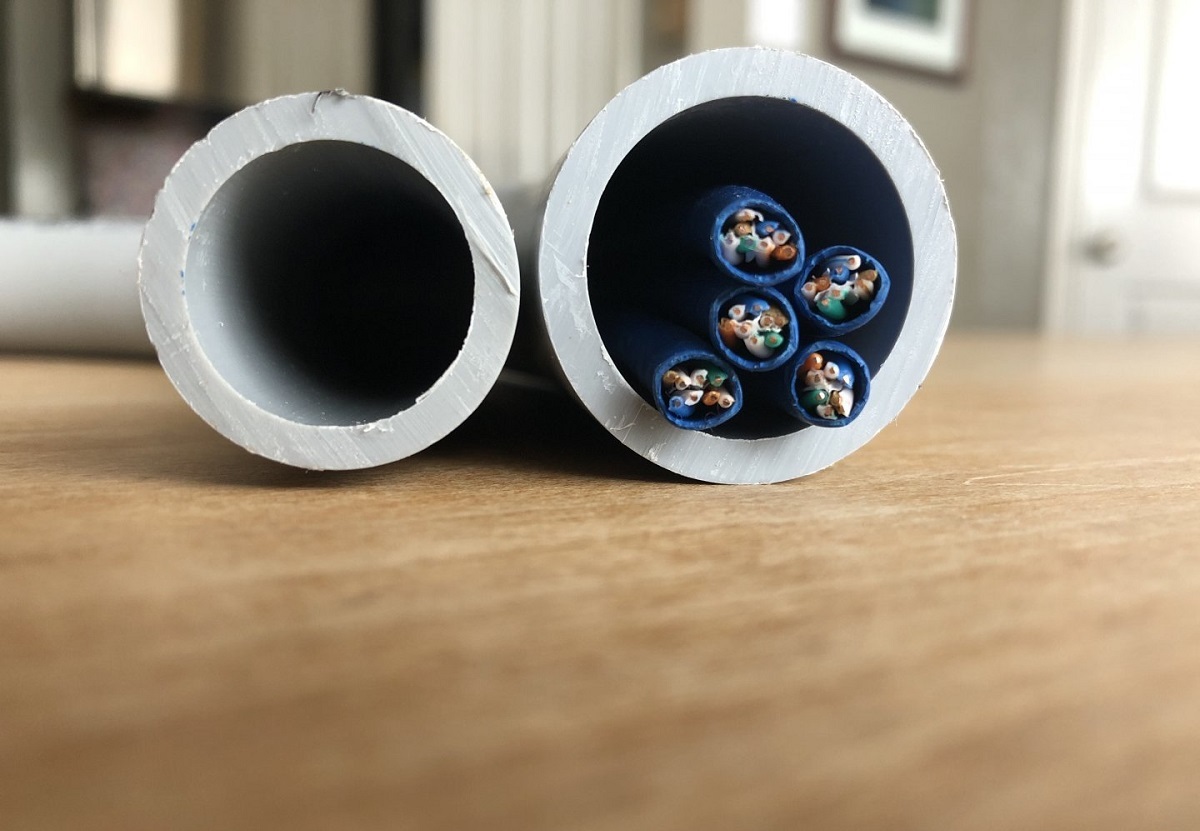
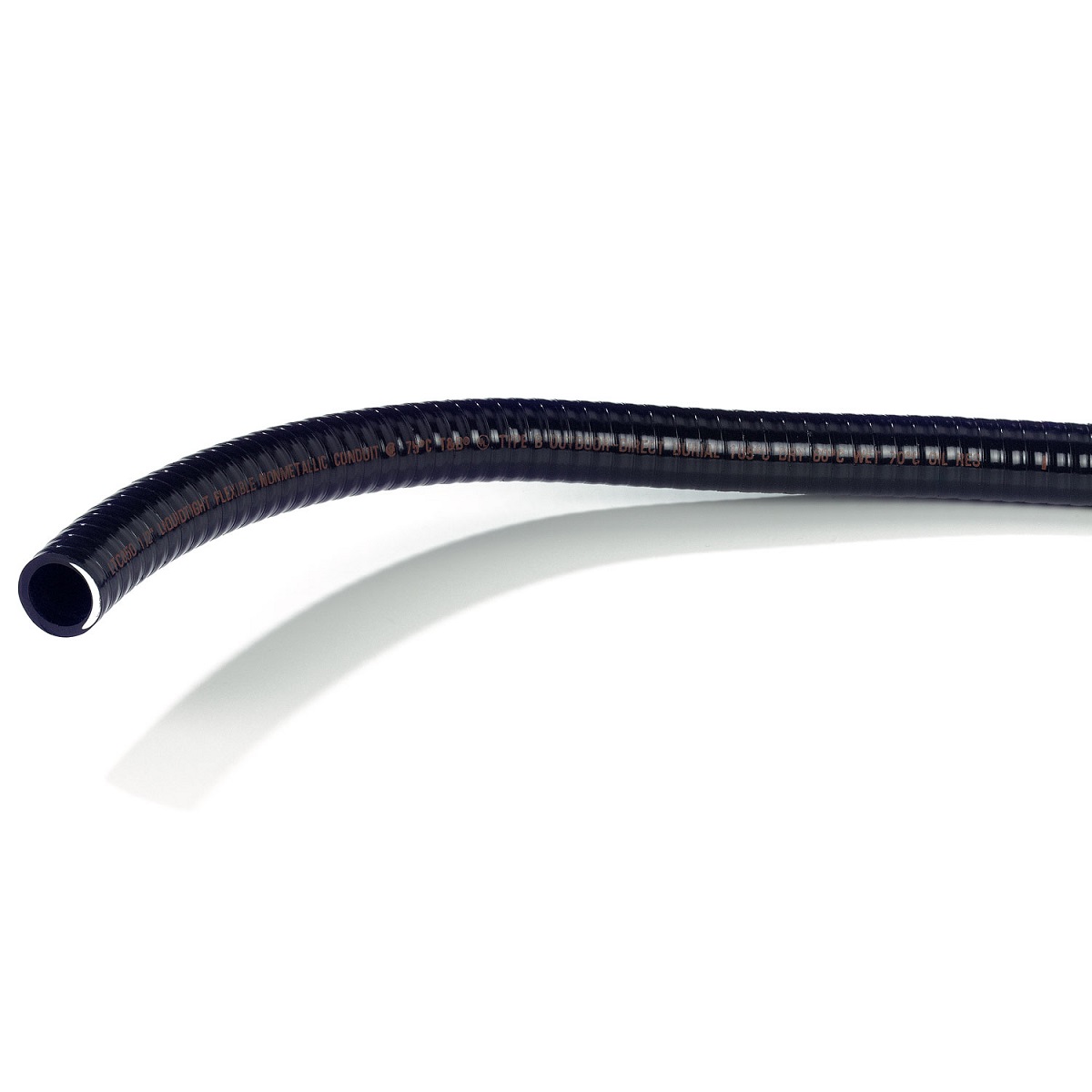
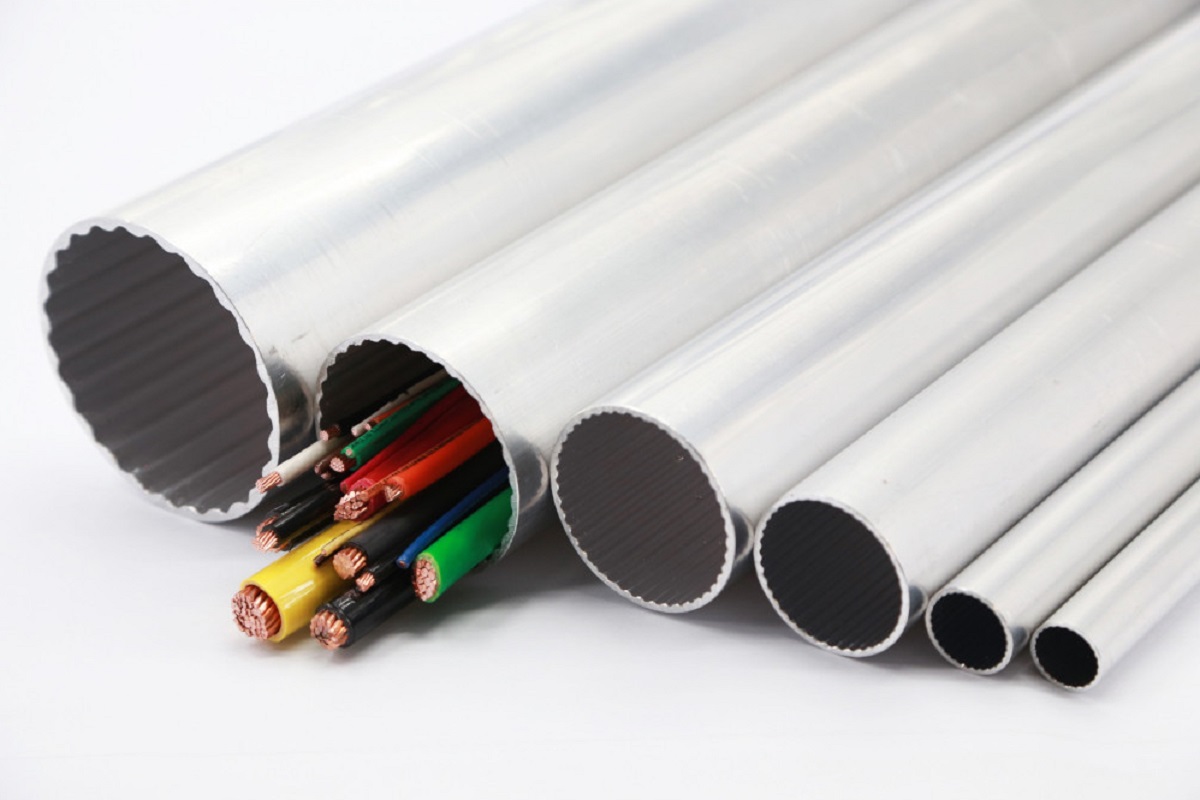
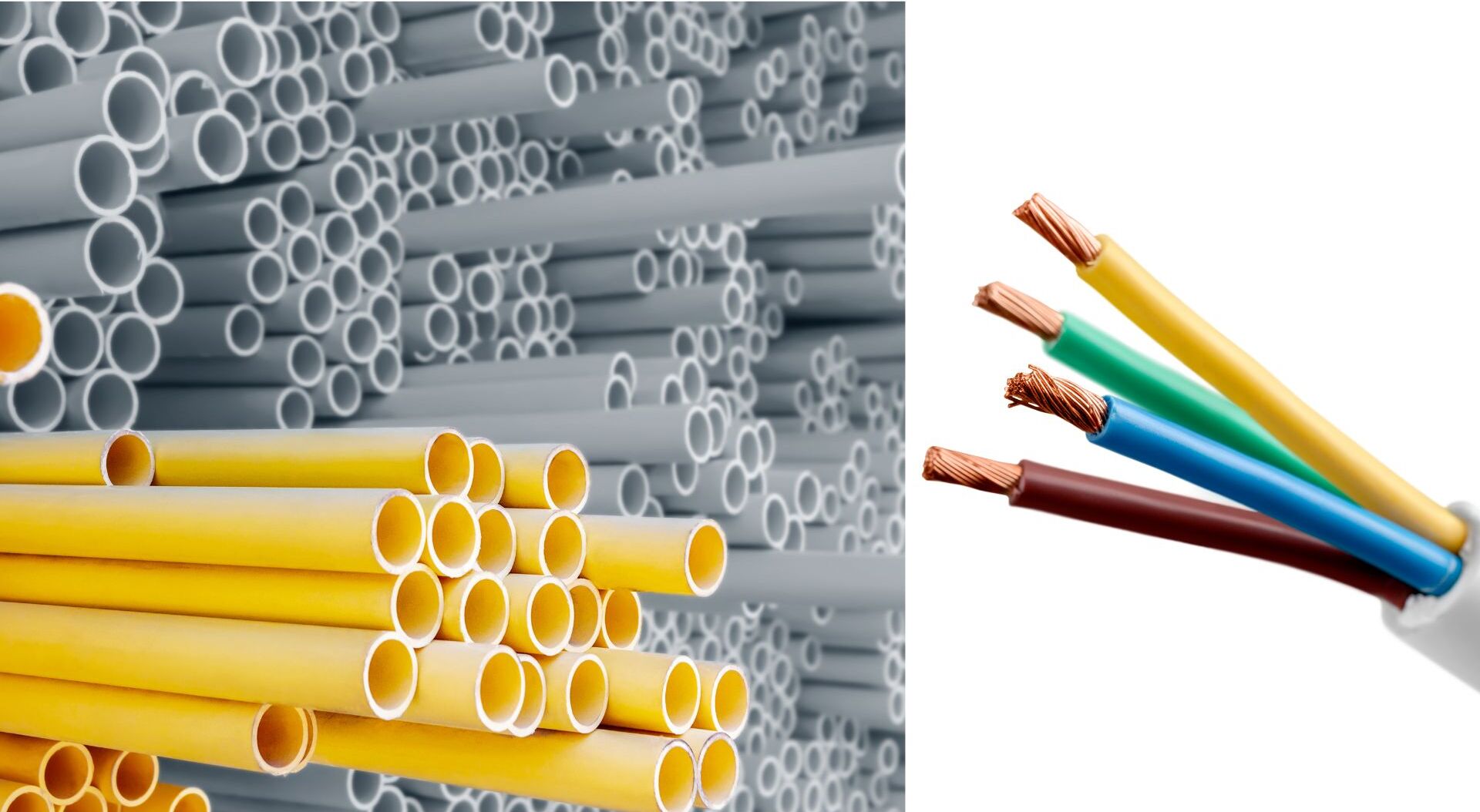
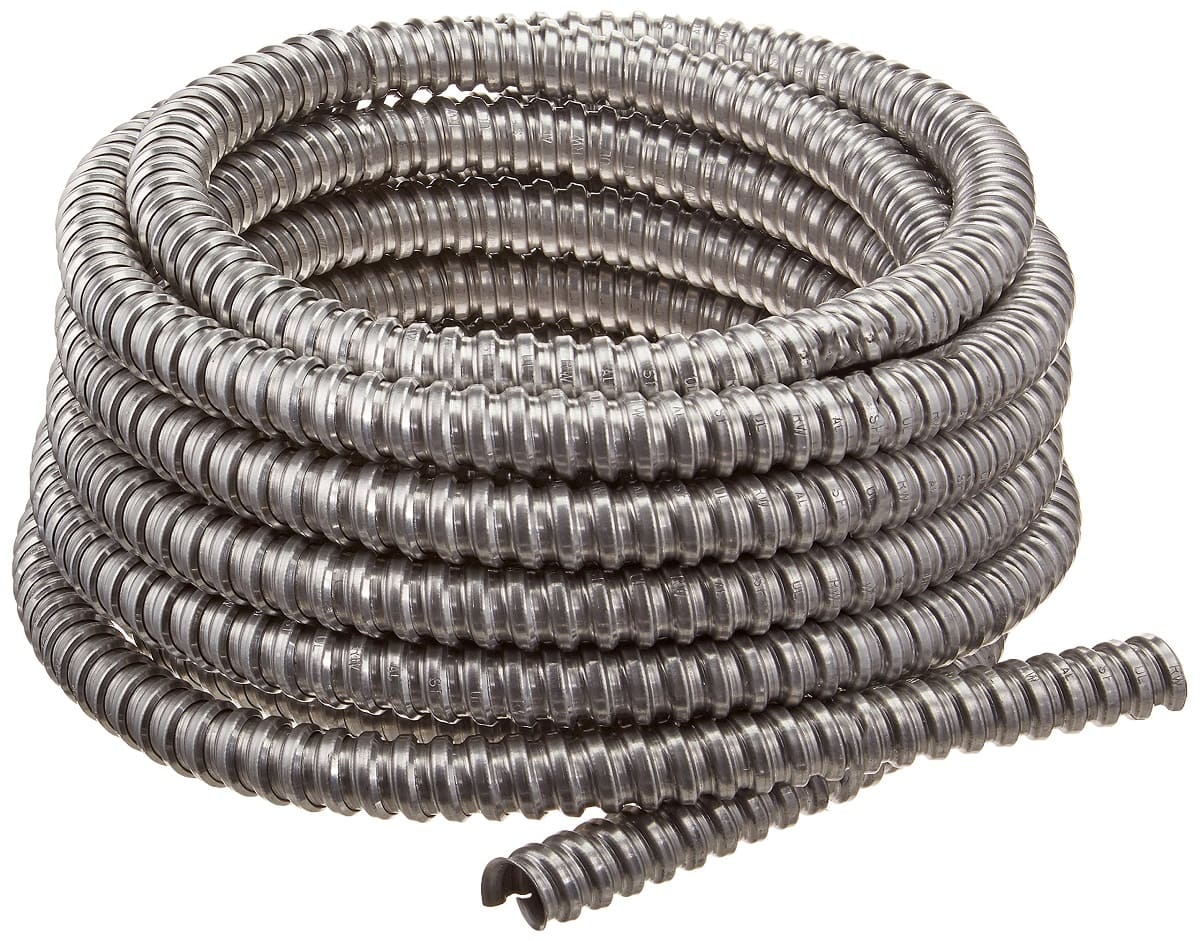
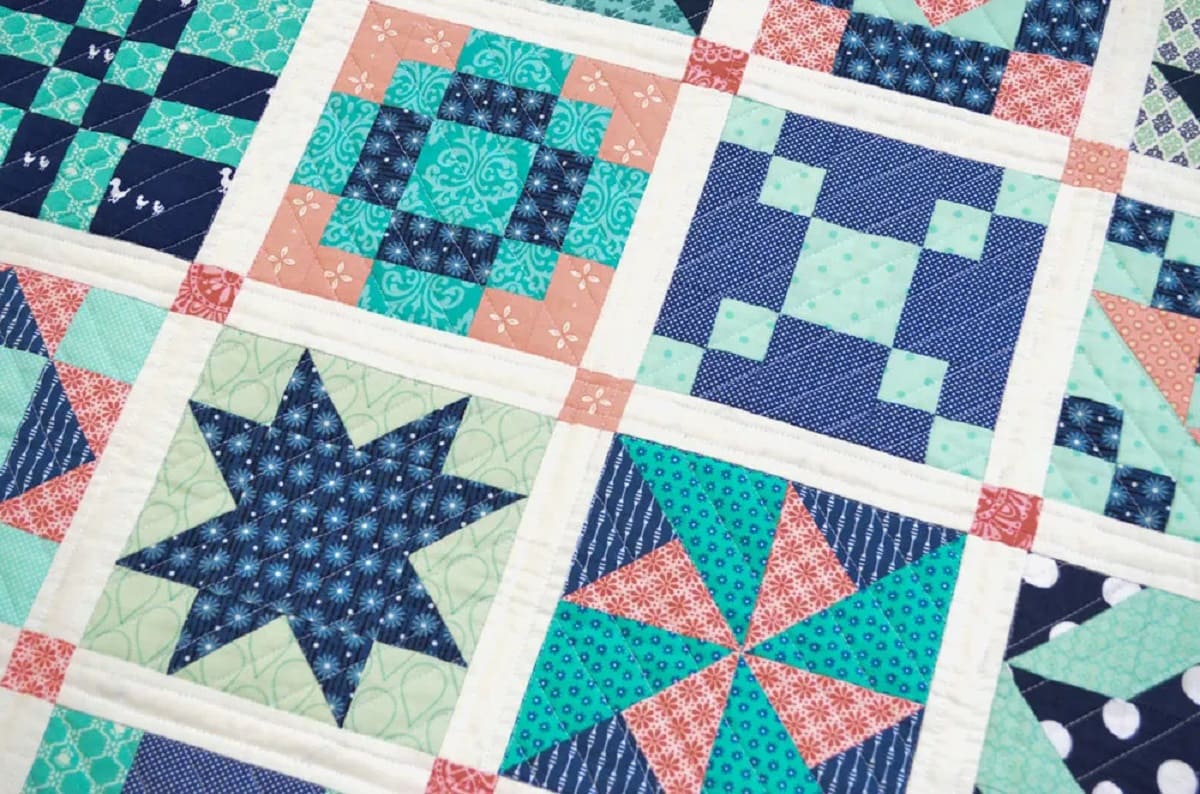

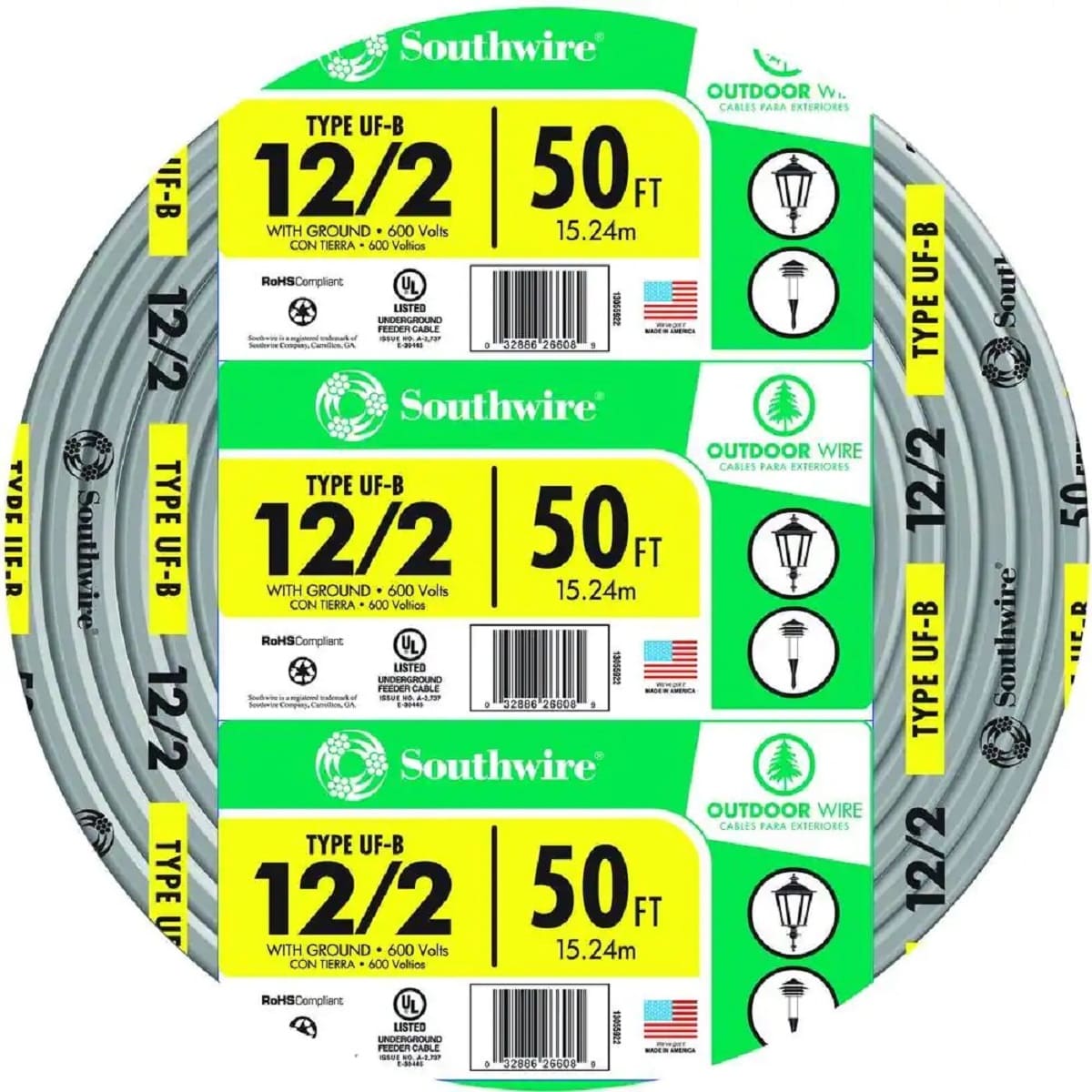
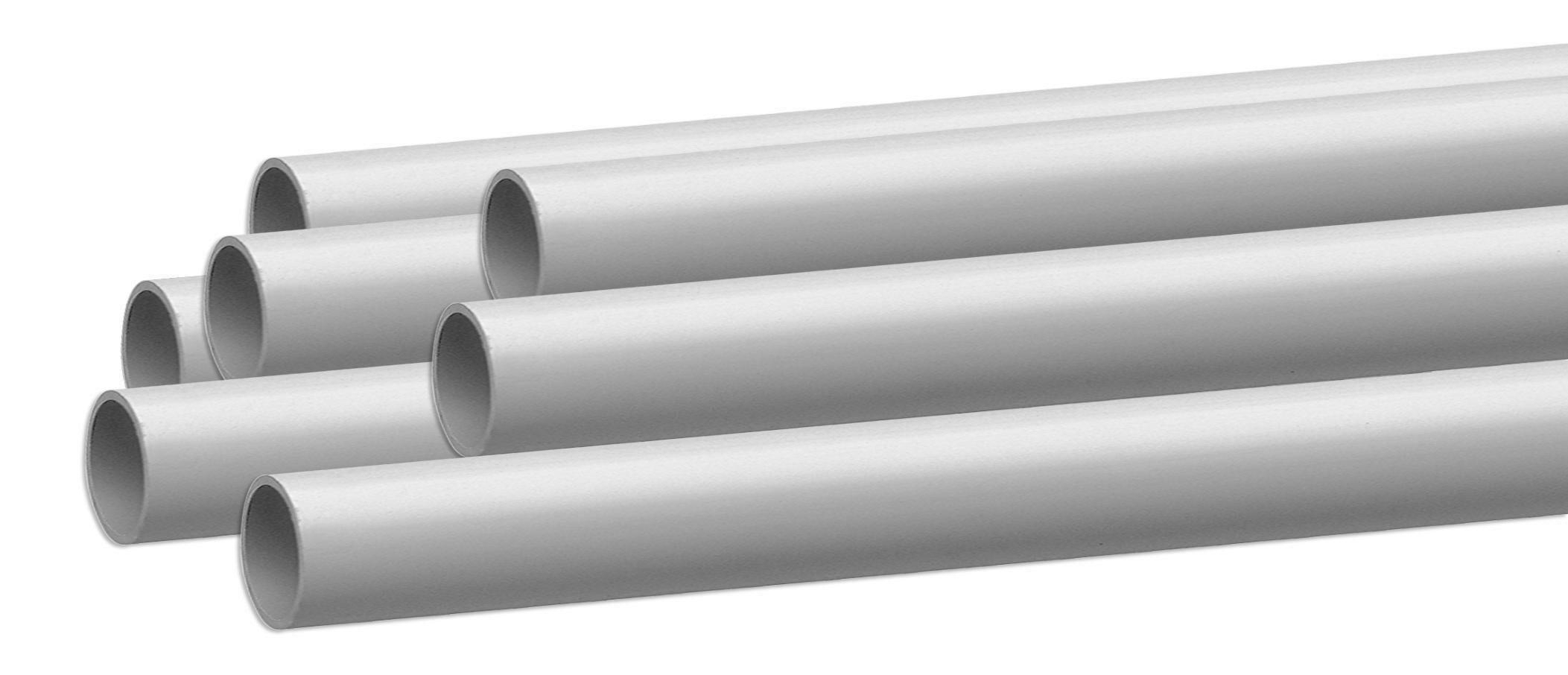
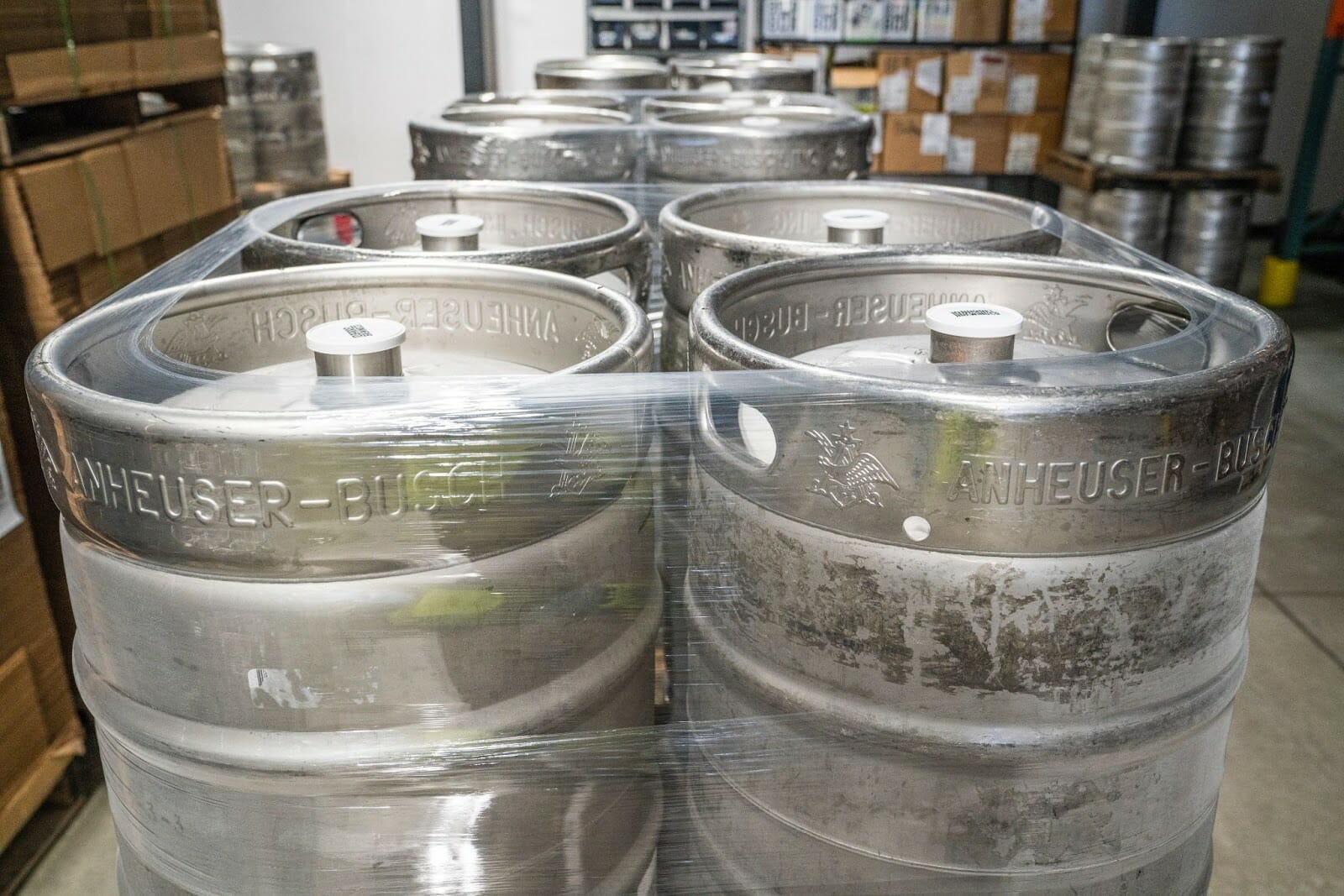
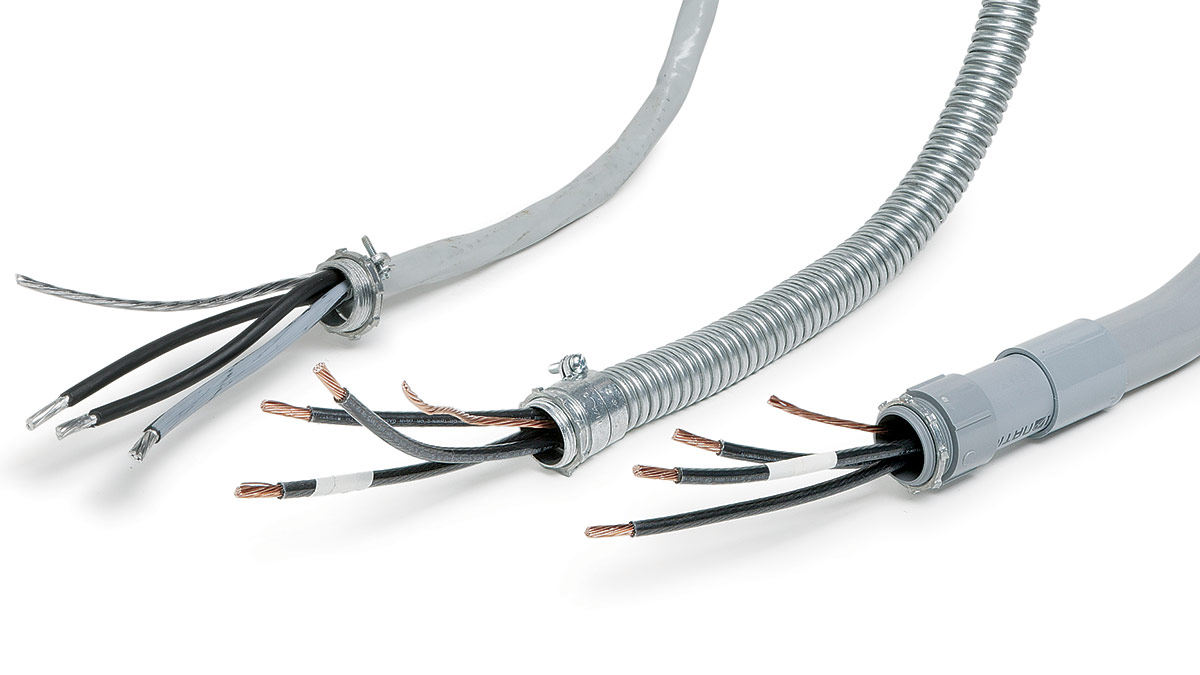
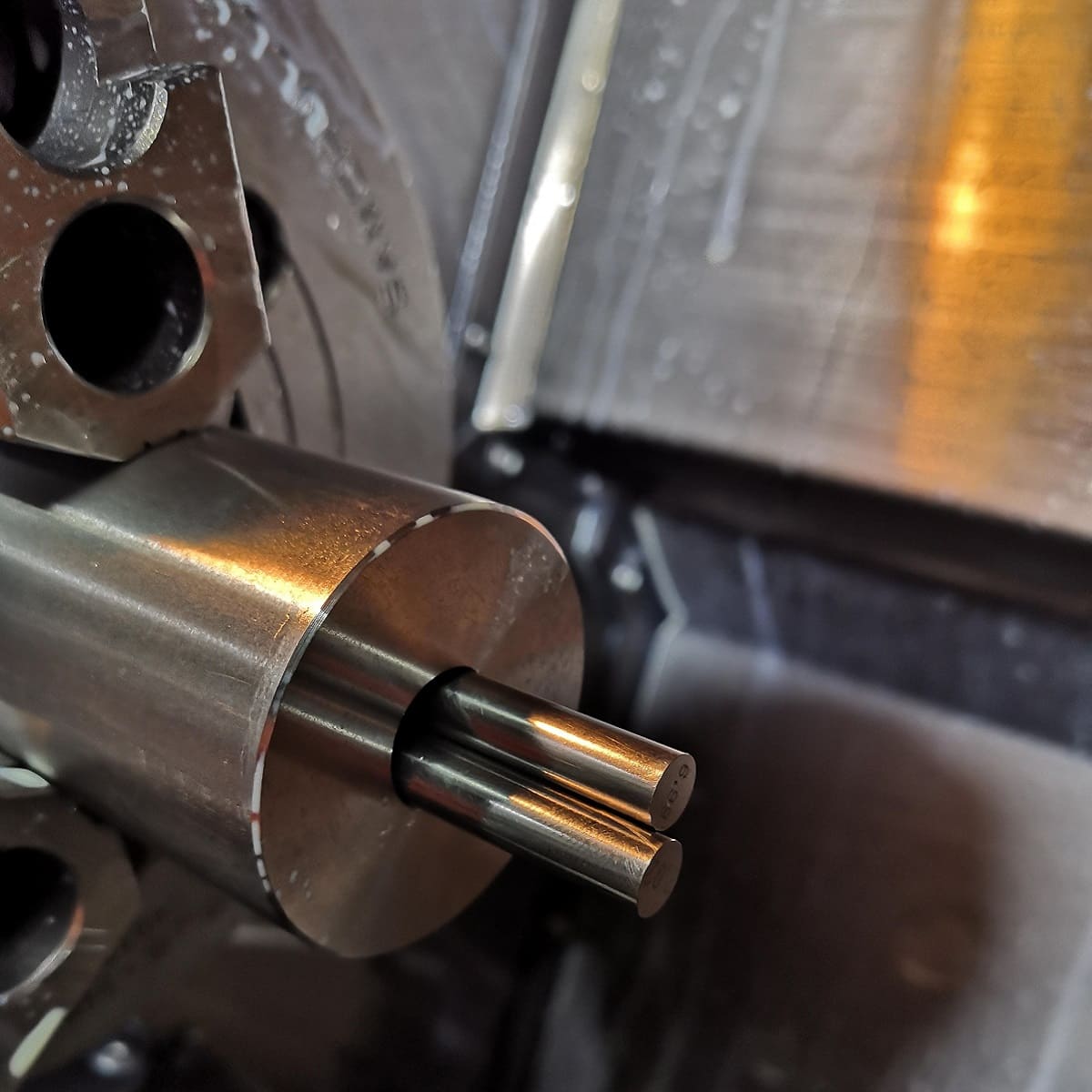
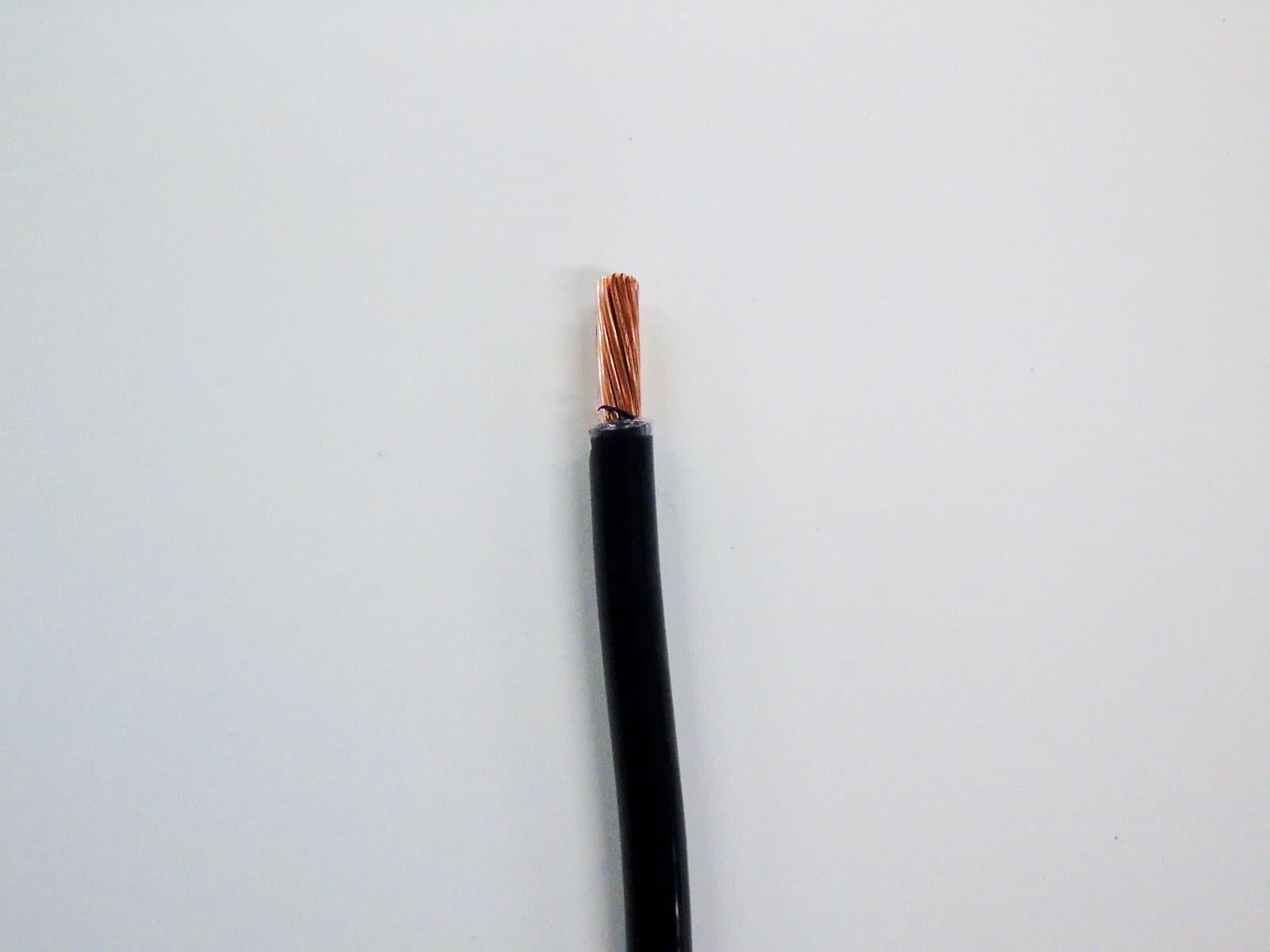

0 thoughts on “How Many Cat 6 Cables Fit In A 3/4 Inch Conduit”